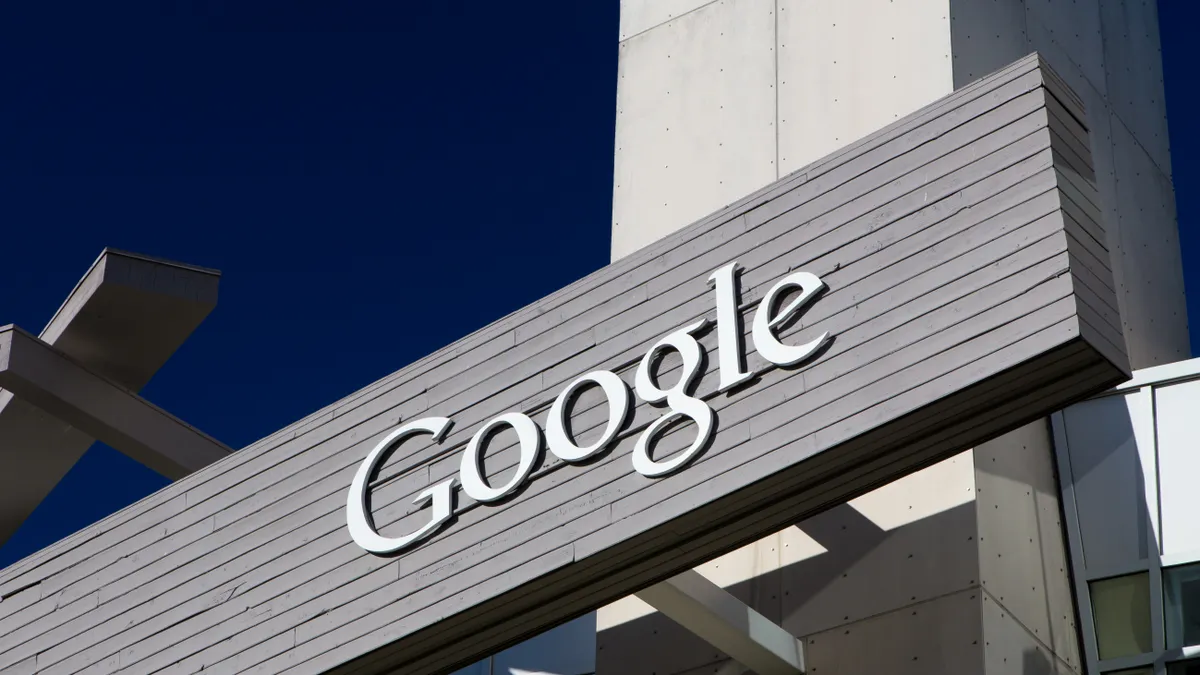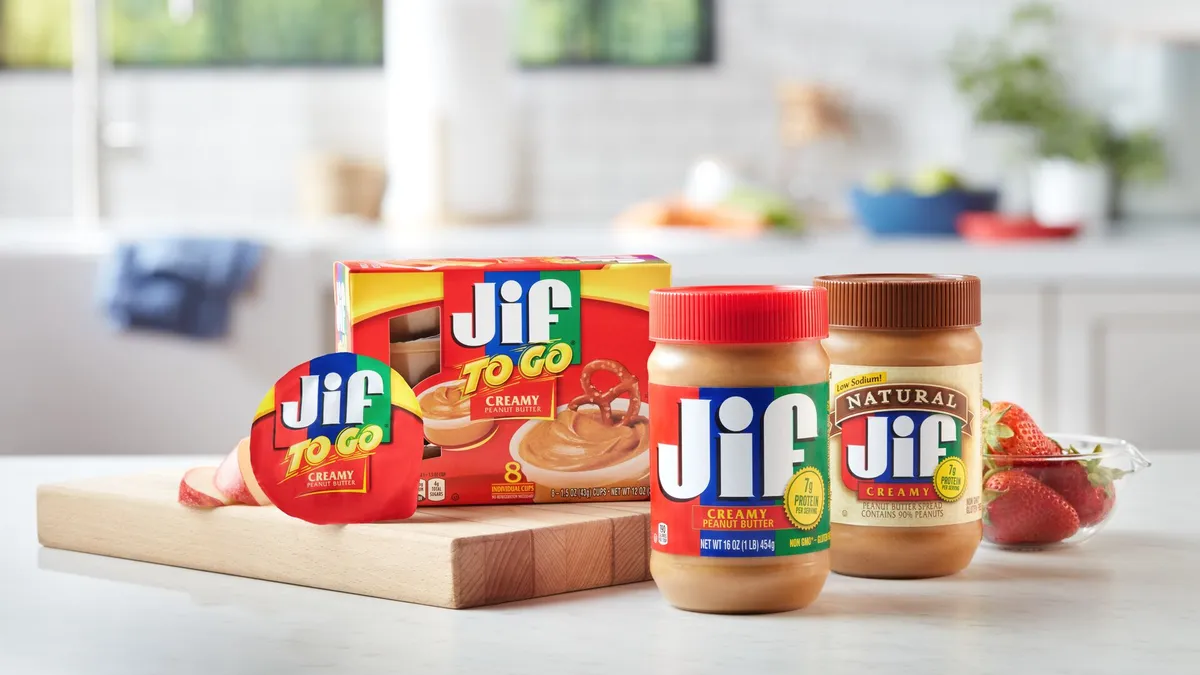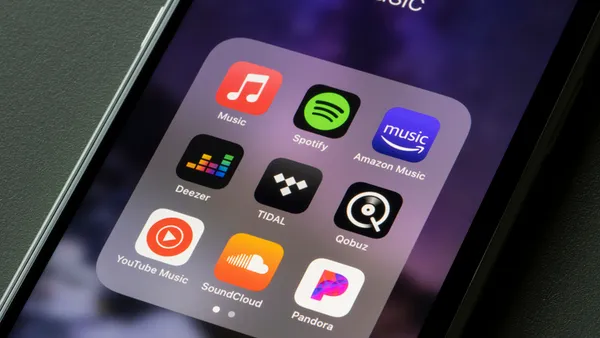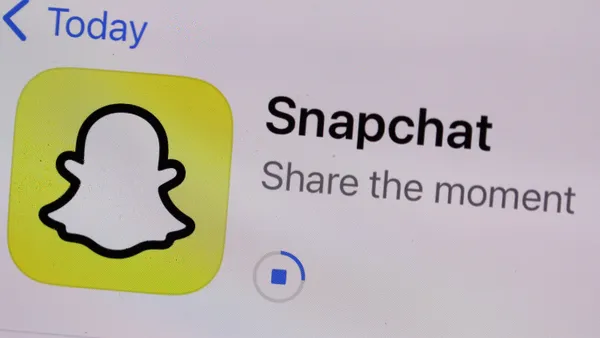Dive Brief:
- Google has created a real-time trigger that allows advertisers to activate display and video campaigns based on predefined moments or events corresponding to a live TV or real-world event, according to MediaPost. The tool is available in DoubleClick Bid Manager.
- The campaign only takes a few seconds from the time an event occurs to the time an ad goes live, connecting digital efforts to the real world. For example, an advertiser during the Super Bowl may trigger a video ad following the airing of its TV spot or when a player scores a touchdown.
- Google also introduced TV Ad Explore, a reporting dashboard that lets digital media buyers measure their TV campaigns together with their digital campaigns. The tool will track the volume of brand searches following the airing of an ad to help marketers better understand the reach of their comprehensive strategy.
Dive Insight:
Being in the moment and delivering targeted messages at a critical time is every marketer's dream. Google's new trigger could get marketers one step closer to bridging the pesky gap between cross-channel efforts. Multitasking is a way of life for most people, and more consumers than ever are "second-screeners." More than 70% of the population regularly uses another device while watching TV to browse social media or shop online, according to an eMarketer study. For sports viewers, that number is even higher. About 80% say they use a computer or smartphone while watching sports to check player stats and scores, message fellow fans or watch related videos, according to an Ipsos study included in the MediaPost report.
Google's new tool lets marketers set parameters around real-life events so that they can deliver ads in the moment. The ability to measure digital and TV ad buys in tandem will give marketers better insights into a campaign's effectiveness to help them plan and coordinate future multichannel efforts.
Delivering high levels of personalization is a key marketing strategy that builds trust and rapport with consumers, and it's something that consumers are growing to expect from brands as the technology advances.
Lack of personalization and trust with consumers costs businesses $756 billion a year and caused 41% of consumers to switch companies last year, according to Accenture. While consumers seek out personalized experiences, marketers should take care not to bombard them with messaging just because they can. Last week, Google launched a new version of Chrome that lets users mute ads and entire sites that auto-play video. Advertising remains a major revenue source for Google, but the company is placing a high value on user experience and quality experiences at the same time.













